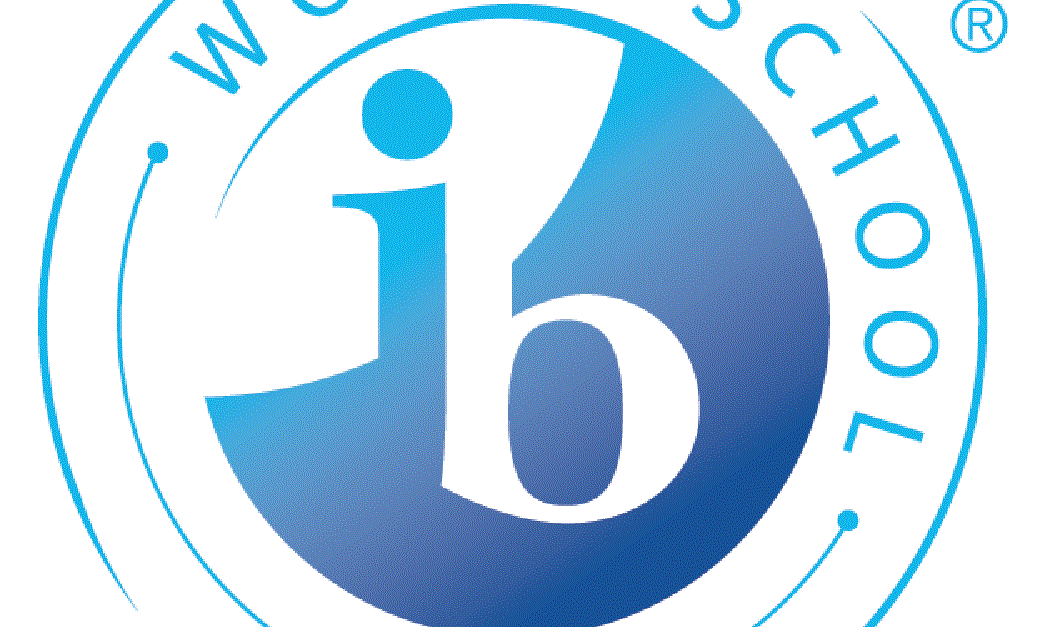On Friday the 5th of July we had our first ever Theory of Knowledge Day (ToK) where we discussed the topic “What is Knowledge?”. Whilst everything seemed rather self explanatory at first, we quickly learned that there was much more to it than what we originally thought.
In the morning we started out by going around the classroom with everyone saying one thing that they know for sure. The answers ranged from knowing that our holidays started next week to knowing how to cook pasta to knowing which football team was going to win the following match (the latter already leading to the first discussion of the day). Here we already approached the question of how we can know that what we know is true.
Afterwards, we looked at what types of knowledge there are and put them into four categories. Ability knowledge, which is knowing how to do something. Knowing how to read would for example go into this category. Then there’s propositional knowledge, meaning scientific and historical knowledge. These are things that we usually state as facts and are, in most cases, taught by authority figures. There’s also personal or shared knowledge which are things that you know for yourself and finally we have ethical knowledge. This includes beliefs and morals.
We also looked at how our knowledge is influenced by factors like language as well as where we live and where we grew up, just to name a few. The example we were given was a picture with two slightly different shades of blue with one being a bit darker than the other. The two shades of blue were distinguishable however, they were similar enough that it took a second. We then learned that it is usually easier for native Russian speakers to differentiate the two because in Russian the colors have two entirely different names. Unlike German and English where both of the would simply be called blue.
After a quick break we came back to find a large piece of paper on each of our desks. It turns out that we’d now have to draw a map of the world from memory in five minutes and once the five minutes were up, we were able to walk around and look at everyone’s maps. Interestingly enough, nearly all of them indicated that the person who drew them came from Europe, since that was the most detailed area. Later on, we looked at multiple different maps with each of them containing different information. For example, one of them highlighted where you can find penguins in the World. This map is probably very useful if you’re studying penguins however, it would probably be pretty useless in any other situation. We quickly realized that none of the maps could really be labeled as false, they could simply be helpful or utterly irrelevant.
In the Afternoon we made our way to the Zentralbibliothek where we would learn about misinformation and how to recognize it. We started out by playing a game in groups of four where we had to write a headline for a given picture and then had to vote on which one fit the best. Afterwards we were given a presentation about disinformation (or misinformation) and fake news as well as the impact of artificial intelligence on said information. We were shown multiple pictures, posts and news articles and we had to figure out what signs told us that they were disinformation. The signs ranged from an extra finger on someone’s had which indicated that the image was made by a.i. to the spelling of the website’s URL. We also discussed different motives for spreading disinformation, whether it be money, sabotaging someone else or simply getting attention.
By now our day had now come to an end and we slowly made our way outside, saying goodbye to each other and wishing everyone nice holidays, already anticipating what the next ToK day was going to bring.
